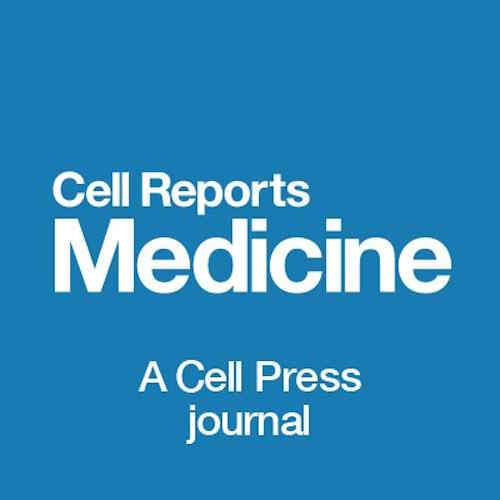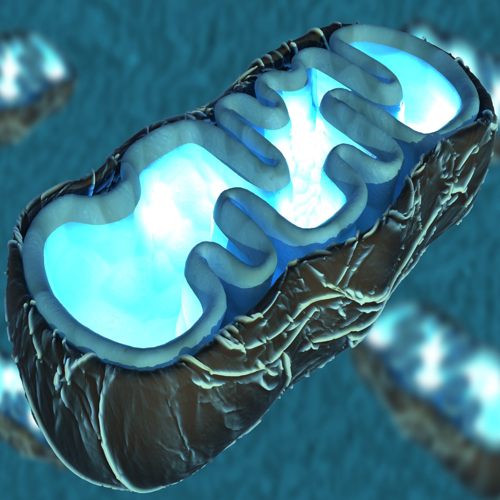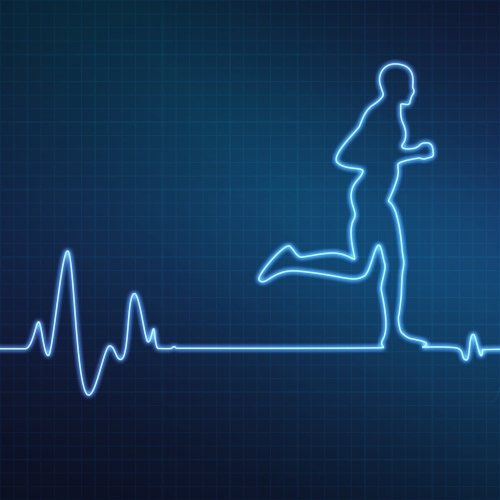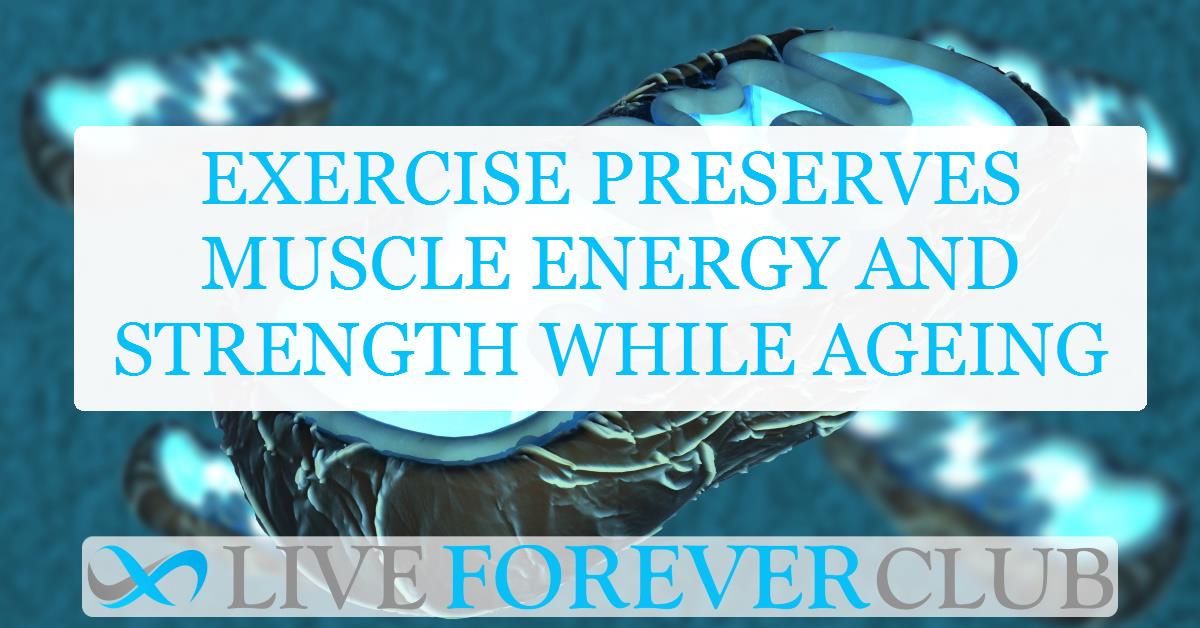We all age. But not all of us grow old the same way. Some keep walking tall into their eighties, climbing stairs, lifting bags, and playing with grandchildren. Others slow down much earlier, struggling with daily movements. The difference often lies in how much we move.
A groundbreaking study by Marina Cefis and Gilles Gouspillou, published in Cell Reports Medicine, uncovers how physical activity influences muscle ageing. It zooms in on mitochondria—the cell’s energy producers—and explains why keeping active may not just help us live longer, but better.
As global populations age, these insights couldn’t come at a better time. Understanding the biology behind physical ageing helps us plan not only our workouts, but our healthcare, our priorities, and perhaps even how we see time.
Sarcopenia, Movement, and the Burden of Inactivity
Muscle loss with age, called sarcopenia, is more than just weakness. It leads to falls, injuries, and reduced independence. The condition now affects over 50 million people, and is projected to reach more than 200 million in the next three decades.
Physical decline was long thought to be an inevitable part of ageing. But this study challenges that belief. Researchers studied 139 men aged between 20 and 93, splitting them into active and inactive groups. Using detailed physical tests and muscle biopsies, they analyzed energy production, fat levels, calcium handling, and more.
“Ageing-related muscle atrophy and weakness contribute to loss of mobility, falls, and disability,” the authors write. But their data suggest that much of this atrophy may be preventable. Physical activity not only maintains strength but preserves the tiny engines that power each muscle fiber.
Mitochondria and the Power to Perform
Mitochondria generate energy by converting food into ATP, the energy currency of the cell. For years, scientists thought these organelles wore out as we aged. Reduced respiration and higher oxidative stress were believed to weaken muscles over time.
But when researchers compared active and inactive individuals, they found something unexpected. Mitochondrial respiration—their ability to produce energy—remained stable in those who exercised regularly, even into their seventies and eighties.
“Mitochondrial respiration remains unaltered in active participants, indicating that ageing per se does not alter mitochondrial respiratory capacity.”
In contrast, inactive participants showed a mild drop in mitochondrial function. But this was linked more to their lifestyle than their age. That means we’re not doomed to lose energy as we age. Staying active helps mitochondria maintain their power.
The ROS Puzzle: Activity and Oxidative Stress
ROS, or reactive oxygen species, are often seen as the villains of ageing. These unstable molecules can damage DNA and proteins if left unchecked. But in this study, ageing did not increase ROS production in mitochondria.
Surprisingly, physically active men produced more ROS. Yet this didn’t harm their muscles. Their bodies seemed equipped to handle the oxidative load, likely because their mitochondrial content was higher.
The authors argue that “intrinsic alterations in mitochondrial H2O2 emission are unlikely to contribute to the ageing-related loss of muscle mass and function in humans.”
This finding suggests that ROS, long blamed for muscle ageing, may not be as destructive as once believed—at least not in healthy, active individuals.
The Hidden Risk: Calcium Handling and the mPTP
While mitochondrial respiration stayed strong in active men, one aspect did decline regardless of activity: calcium handling.
Mitochondria regulate calcium levels inside muscle cells. When calcium handling breaks down, the mPTP (mitochondrial permeability transition pore) opens more easily. This can trigger damage, apoptosis, or muscle cell death.
“Mitochondrial calcium retention capacity decreases with ageing regardless of physical activity and correlates with muscle mass, performance,” the study notes.
This decline was especially noticeable after age 60. Researchers found a strong link between poor calcium retention and reduced muscle strength, less thigh lean mass, and weaker test performance. Even the most active participants could not escape this decline, suggesting that some processes of ageing happen no matter how fit we stay.
Muscle Composition: The Story Under the Skin
Beyond energy and calcium, the study also looked at how ageing affects muscle makeup. Inactive men had more body fat and less lean mass. Intermuscular fat, the fat nestled between muscle fibers, increased significantly with age—but less so in active individuals.
While both groups lost muscle mass, active participants preserved more muscle relative to their body weight. They also retained more Type I muscle fibers—the kind used for endurance and continuous effort.
“Active young individuals display a greater proportion of type I fiber that is not affected by ageing,” the study explains.
Inactive men showed a shift toward more Type I fibers with age, suggesting their muscles may be adapting to reduced use. Meanwhile, Type IIa fibers, responsible for power and speed, declined across all groups.
GDF15: A Marker of Mitochondrial Stress and Ageing
The study also investigated a molecule called GDF15, often elevated in response to mitochondrial stress. GDF15 levels rose sharply after age 60 and were highest in those with weaker mitochondrial function.
“Individuals with higher plasma GDF15 levels had lower maximal mitochondrial respiratory capacity,” the authors report.
This link was most evident among inactive men. It suggests that GDF15 could become a useful biomarker to detect early signs of muscle ageing or mitochondrial decline before symptoms appear.
Not Just Muscles—A System-Wide View of Ageing
Muscle biopsies only tell part of the story. The researchers also tracked blood glucose, insulin, cholesterol, and physical performance. Physically active men had better insulin sensitivity and lower triglycerides. They performed better in every physical test—from walking to sit-to-stand reps.
This wider metabolic health may explain why exercise guards against frailty. It doesn’t just build muscle. It keeps systems in balance.
What This Means for Ageing and Exercise
This study challenges the long-held idea that ageing automatically ruins mitochondrial function. Instead, it shows that physical activity preserves energy production and delays functional decline.
However, even active bodies face a drop in calcium regulation. That decline may play a central role in the age-related weakening of muscles. It points to a new direction for therapy: supporting mitochondrial calcium handling.
“Targeting mitochondrial calcium handling may hold promise for treating ageing-related muscle impairments,” the authors conclude.
A New Frontier for Ageing Research
The field of ageing research may need to shift its focus. While boosting energy production remains important, preserving calcium regulation might be the next big step.
Muscles don’t just need fuel. They need control over stress, calcium, and structural integrity. Exercise helps with most of these—but not all.
In the meantime, movement remains our best medicine. Whether it’s walking, lifting, or stretching, staying active buys us strength, independence, and time.
This study tells a hopeful story. Age does change our bodies, but not as harshly as we once thought. Much of what we fear—weakness, fatigue, frailty—comes not from time itself but from how we use that time.
So move today. And keep moving tomorrow. Your mitochondria will thank you.
The study is published in the journal Cell Reports Medicine. It was led by researchers from Université du Québec À Montréal.







